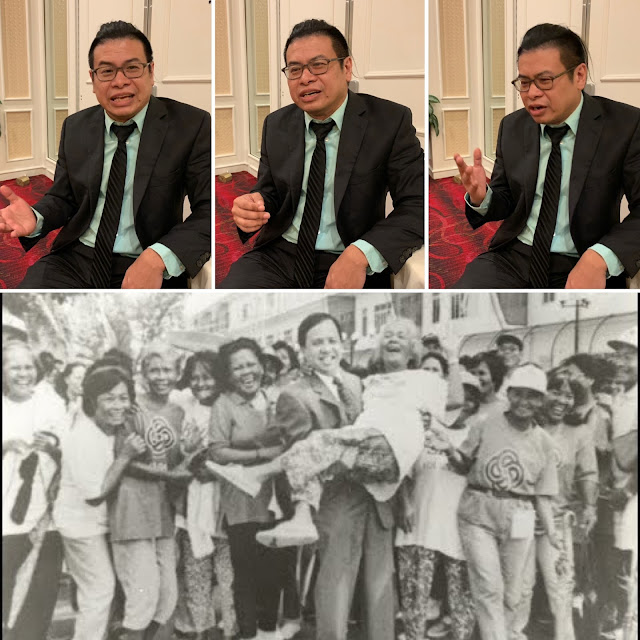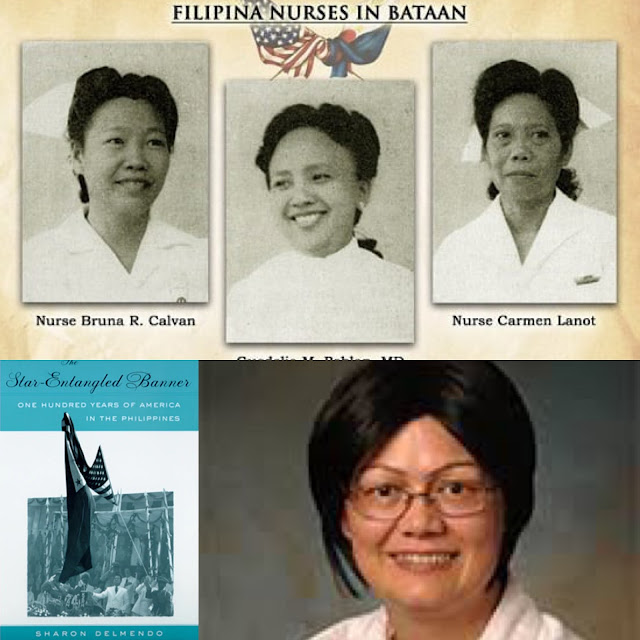
The Philippine Embassy led an online information drive on the achievements of 60 years of the United States Peace Corps in the Philippines.
Ambassador Brenda Brown Schoonover, who was part of the first Peace Corps Class in the Philippine program, spoke about her experience along with guest alumni Rebecca Scarbrough and Michael Walsh.
Peace Corps Philippines’ Acting Director of Programming and Training Ambet Yangco and PCAFPD scholar Hannah Catiis also spoke during the event.
The first Peace Corps volunteers, 128-strong, arrived in the Philippines in October 1961, working as teachers in the countrysides. More than 9,300 American Peace Corps volunteers served in the Philippines in the past six decades.
The volunteers who all had knowledge and skills direly needed in the country, especially in remote rural areas, trained Filipinos to protect coral reefs and marine sanctuaries, help farmers improve crop yields, spur economic development in poor communities, and help children and families facing difficulties.
They lived with host families and many became deeply rooted in the communities they served.
In celebration of the Peace Corps and Filipino American History Month, the Philippine Embassy premiered the webinar, “Forward for Peace” on October 15 thru the Embassy’s official Facebook page, @PHinUSA.
The event, part of the year-long commemoration of the 75 years of US-Philippine diplomatic relations, offered a venue for past Peace Corps volunteers to talk about their personal journey and experiences; as well as for representatives from the Peace Corps Philippines and the Peace Corps Alumni Foundation for Philippine Development (PCAFPD) to share the program’s mission and impact to aspiring future volunteers.
“I am thankful that the American people have been so interested in helping the Philippines and that the Peace Corps has enabled such volunteers to immerse themselves in our society,” Philippine Ambassador Jose Manuel G. Romualdez said in his address.
There is no doubt that the continued success of the Peace Corps Program, which was started by a great American President John F. Kennedy, is anchored on the passion and dedication of your members and volunteers who continue to make a life-changing impact at the grassroots level during and beyond their tours of service,” he added.
The life of the Peace Corps volunteer, Pres. Kennedy said at the organization’s founding “will not be easy” but “will be rich and satisfying.”
“For every young American who participates in the Peace Corps, who works in a foreign land, will know that he or she is sharing in the great common task of bringing to man that decent way of life which is the foundation of freedom and a condition of peace,” he declared.
Patrick Realiza, Chair of the Peace and Security Committee for the United Nations Association of the National Capital Area (UNA-NCA) moderated the event.






